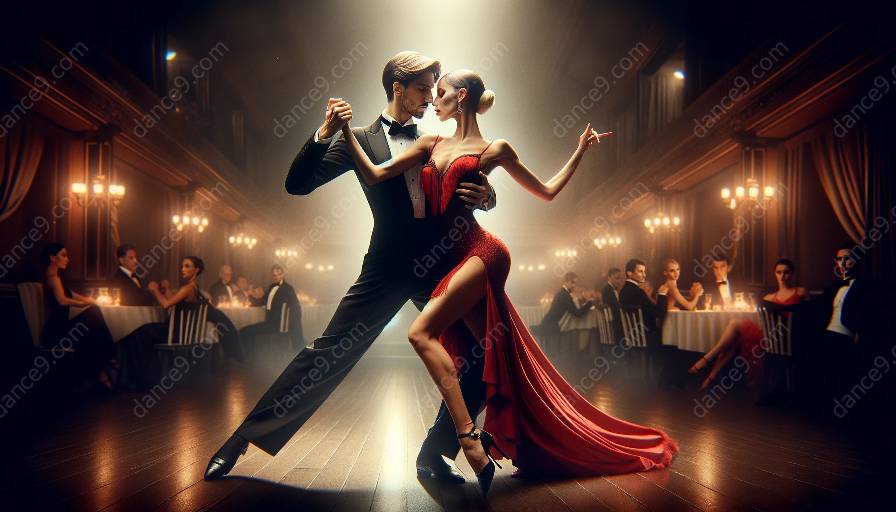The art of tango is deeply rooted in its unique choreography, which incorporates cultural elements and storytelling to create a mesmerizing dance experience. Tango, a dance form that originated in the cultural melting pot of Buenos Aires, Argentina, has evolved over the years, drawing from various cultural influences and narratives. In this article, we will delve into the intricate relationship between tango choreography, cultural elements, and storytelling, and how these elements come together to create a captivating and immersive tango experience.
The Origin and Cultural Roots of Tango
Tango traces its origins to the late 19th century in the working-class neighborhoods of Buenos Aires, where European, African, and indigenous cultures converged to create a vibrant and diverse community. This cultural fusion became the melting pot for the development of tango, infusing the dance with a rich tapestry of traditions, music, and customs.
The cultural elements woven into tango choreography are a reflection of this diverse heritage, with each step, movement, and gesture encapsulating the essence of the Argentinean culture. From the passionate and emotive embrace to the intricate footwork and rhythmic movements, tango choreography serves as a canvas for the expression of cultural identity and tradition.
Storytelling Through Movement
Tango choreography goes beyond the technical steps and movements; it is a form of storytelling through movement. The dance embodies narratives of love, rejection, longing, and celebration, drawing from the tumultuous history and experiences of the people who gave birth to this art form. Tango dancers use their bodies to convey these stories, evoking powerful emotions and connections with the audience.
Every twist, turn, and pause in tango choreography carries a narrative weight, weaving a compelling story that transcends language and cultural barriers. The interplay between the dancers, the music, and the space creates a dynamic and evocative narrative that captivates and engages all who witness it.
Embracing Diversity and Inclusivity
Furthermore, tango choreography incorporates diverse cultural elements, embracing inclusivity and diversity. As the dance form spread globally, it absorbed influences from different regions and traditions, enriching its choreography with a global tapestry of cultural expressions. This inclusivity serves as a testament to tango's ability to adapt and evolve while retaining its core cultural identity.
Tango dance classes play a pivotal role in perpetuating these cultural elements and storytelling through choreography. Instructors not only teach the technical aspects of tango but also impart the historical and cultural significance behind each movement. Through dance classes, students immerse themselves in the rich cultural tapestry of tango, gaining a deeper understanding of its storytelling and expressive elements.
Conclusion
In conclusion, tango choreography is a captivating art form that intricately weaves cultural elements and storytelling into its movements. It is a celebration of diversity, heritage, and the human experience, transcending borders and connecting people through its compelling narratives. Whether experienced in a dance class or on a grand stage, tango choreography invites individuals to embrace the cultural richness and storytelling prowess of this timeless dance form.













































































